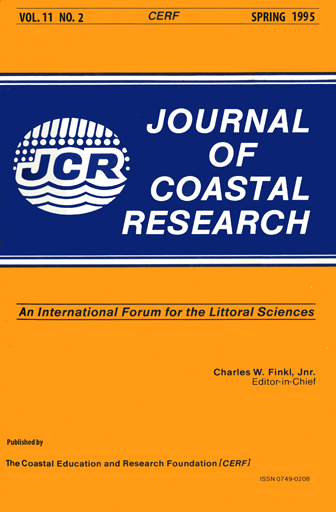Tropical Barrier Islands of Colombia's Pacific Coast
Keywords:
Barrier islands, Colombia, Pacific, tropical, mangrove, delta, coastal subsidence, mesotidal, El NinoAbstract
Sixty-two barrier islands on the Pacific Coast of Colombia are reported and described. The islands, covered by tropical rainforest and backed by mangrove forests, line the seaward margin of a narrow, extensive, deltaic plain formed from rivers draining the northwestern Andes. The islands are of interest because of a combination of factors including: their position on a leading-edge coast which contributes to relative sea-level rise through long-term subsidence; short-term seismic subsidence and tsunamis; their tropical setting where deltaic sedimentation and heavy vegetative cover influence island dynamics in terms of subsidence, river channel switching and quality and quantity of sand supply, the possible short-term influence of El Nino events; and the lack of human influence on island dynamics.
Five genetic island groups are identified: two groups associated with straight stretches of coastal lowland and three delta lobe groups (Rio San Juan, Rio Patia, and Rio Mira deltas). A few of the islands formed due to spit detachment. Initially the islands were probably transgressive, then became regressive for an indeterminate period before recent reinitiation of a transgressive phase, and severe island front erosion. Many of the islands are sand starved due to sediment supply loss when distributary switching occurred, or because they are in areas with little sand in the associated mangrove substrate and no fluvial sand supply.
The recognition of the barrier island nature of this coast provides a new management tool to guidecoastal hazard mitigation and future development. Future stratigraphic studies may provide a basis to identify the frequency of short-term events such as El Nino and tsunamis and to establish recent sea level history for specific island groups.


